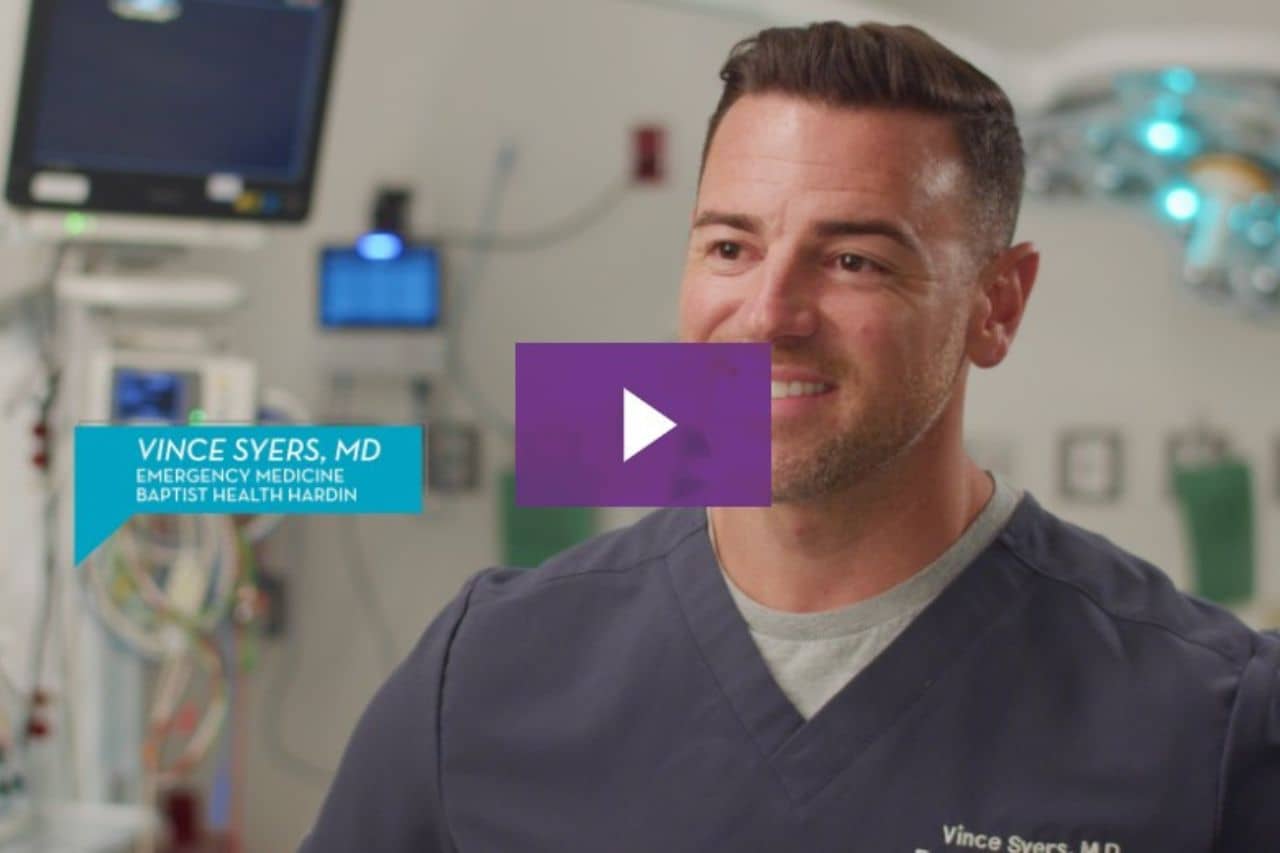Preventing Strokes Using TCAR in Paducah, KY
Preventing Stroke Using TCAR
The TCAR procedure is minimally invasive and clears blockages, opens a narrowed carotid artery, and can help prevent strokes.
Preventing Strokes Using TCAR in Paducah, KY, HealthTalks Transcript:
Griffin K. Bicking, DO:
- [Dr. Bicking] TCAR stands for transcarotid artery revascularization.
It's used to treat carotid occlusive disease in the neck, and the reason why we follow carotid occlusive
disease is for stroke and stroke prevention.
How we determine whether someone needs treatment or not is dependent on if they're having symptoms of a stroke
or not and the degree of narrowing they have on a CTA of the neck.
The narrowing typically has to be between 70% and 80% or more to warrant me preemptively going into the neck
to reduce your risk of stroke.
- [Jeanne] I had a test done and found out that I had on this side 90% blockage. That's a lot.
- The device that we use during the procedure is a very minimally invasive way to treat carotid occlusive disease. We make a small incision at the base of the neck. I stick a needle into the carotid artery to gain access with wires and catheters under the x-ray. During the time that I'm manipulating the plaque, if any of the debris were to break free, it's removed through the Reflow reversal system and gets caught in the trap and then the rest of the blood is filtered back into the veins. It significantly lessens the risk of stroke during the procedure. I think it's important to have this procedure available in Baptist Health Paducah. It allows the patients to really have access to tertiary care level technology, and we can do that right here.
- I think I have more energy. I'm sure I've got more blood going to my brain. I think I feel better.



